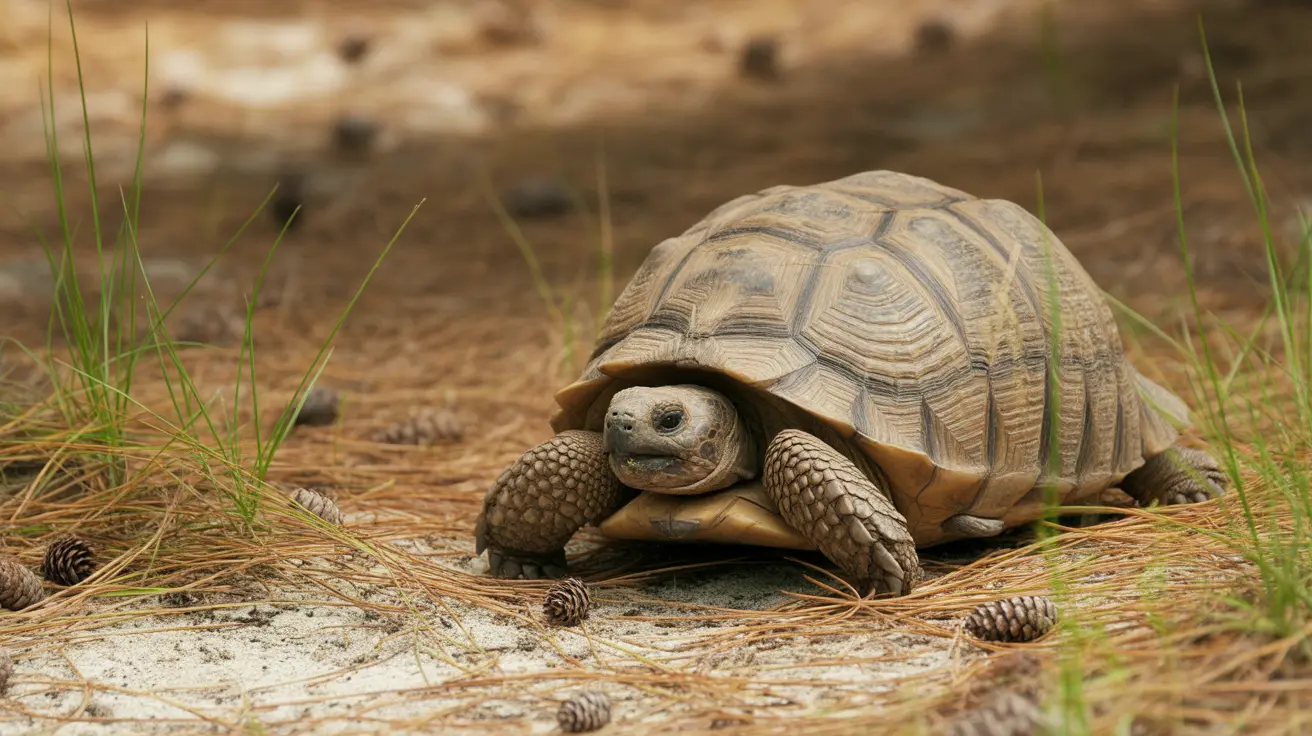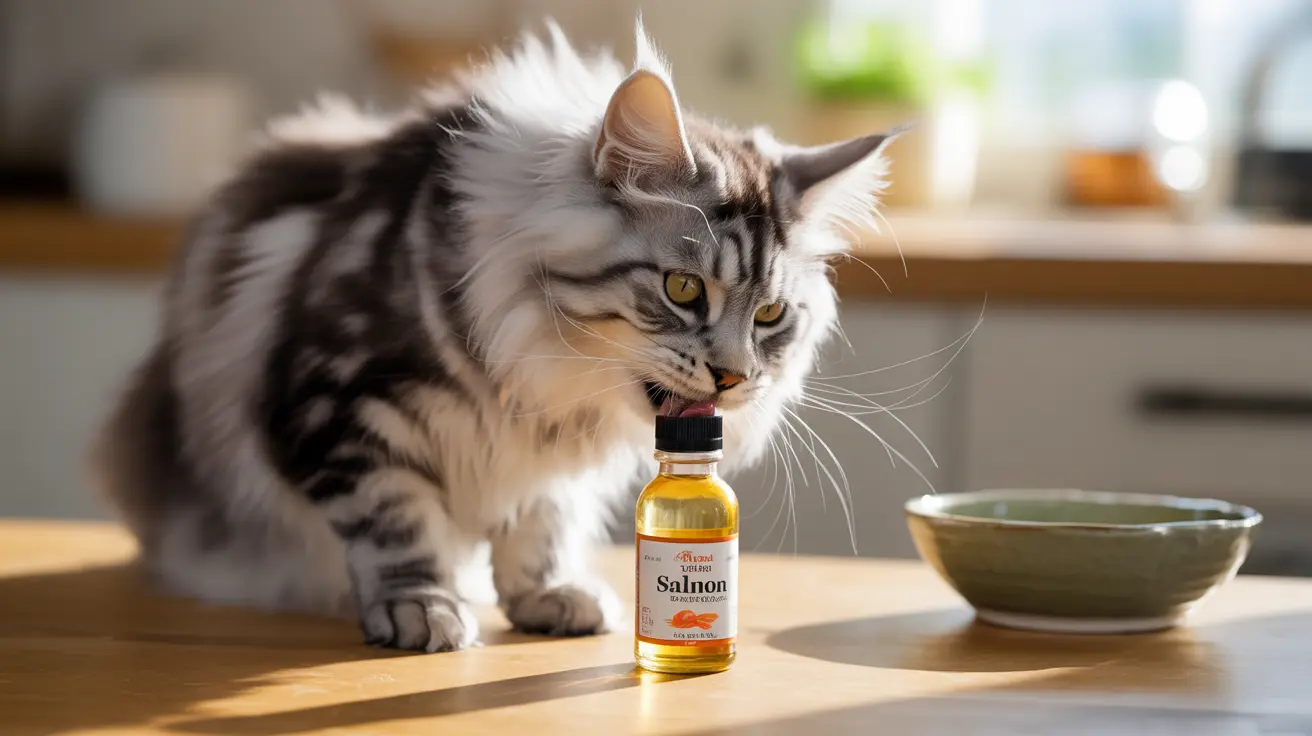The gopher tortoise stands as one of Florida's most remarkable and underappreciated wildlife heroes. While these gentle reptiles may move slowly across the landscape, their impact on Florida's ecosystem is profound and far-reaching. Through their unique burrowing behavior, gopher tortoises serve as a keystone species that provides essential shelter and protection for hundreds of other animals throughout the state.
Understanding the vital role of gopher tortoises helps pet owners and wildlife enthusiasts appreciate the delicate balance of Florida's natural habitats. These ancient creatures, which have roamed the Southeast for millions of years, create underground sanctuaries that serve as lifelines for countless species during times of danger, extreme weather, and environmental stress.
Gopher Tortoise Burrow: Nature's Multi-Species Apartment Complex
The most extraordinary feature of gopher tortoises is their ability to excavate extensive burrow systems that extend far beyond their own needs. These remarkable underground tunnels can stretch up to 40 feet in length and reach depths of 10 feet, creating spacious chambers that maintain stable temperatures and humidity levels year-round.
What makes these gopher tortoise burrows truly special is their role as communal shelters. Scientists have documented over 350 different species that utilize these underground refuges, including snakes, frogs, rabbits, opossums, and countless invertebrates. The burrows provide protection from predators, extreme temperatures, and seasonal flooding that characterizes much of Florida's climate.
Gopher Tortoise and Fire: Essential Wildfire Protection
Florida's natural fire cycles have shaped the ecosystem for thousands of years, and gopher tortoise burrows play a crucial role in helping wildlife survive these periodic burns. When wildfires sweep through scrub and grassland habitats, animals quickly retreat to the safety of tortoise burrows, where they remain protected until the danger passes.
This fire protection extends beyond just the immediate shelter. The burrow systems create firebreaks and provide safe havens that allow wildlife populations to recover and recolonize areas after natural burns, maintaining the ecological balance that many Florida species depend upon.
Gopher Tortoise Conservation: A Protected Species Under Pressure
Despite their ecological importance, gopher tortoise populations face significant challenges throughout Florida. Habitat loss due to development, road mortality, and human disturbance have led to substantial population declines, making gopher tortoise conservation a critical priority for wildlife managers.
As a protected species under Florida law, gopher tortoises cannot be handled, moved, or disturbed without proper permits. This legal protection recognizes not only the tortoise's intrinsic value but also their role as ecosystem engineers whose presence benefits countless other species.
Gopher Tortoise Habitat and Diet Requirements
Gopher tortoises thrive in well-drained, sandy soils that allow for easy excavation of their burrow systems. They prefer open habitats like scrub, sandhill, and dry prairie environments where native grasses and low-growing plants provide their primary food sources.
The gopher tortoise diet consists mainly of grasses, legumes, and fruits from native plants. Their grazing helps maintain open habitats by preventing woody vegetation from taking over grasslands, which benefits many other species that depend on these same environments.
Gopher Tortoise Relocation and Permit Requirements
When development projects threaten gopher tortoise populations, wildlife biologists may implement carefully planned relocation programs. These efforts require extensive gopher tortoise permits and must follow strict protocols to ensure the animals' survival and continued contribution to their new ecosystems.
Property owners who discover gopher tortoises on their land should contact local wildlife authorities rather than attempting to move or disturb the animals. Professional assessment can determine the best course of action while complying with Florida's protective regulations.
Frequently Asked Questions
Why are gopher tortoise burrows important for other animals in Florida?
Gopher tortoise burrows serve as critical shelters for over 350 species, providing protection from predators, extreme weather, fires, and flooding. These underground refuges maintain stable temperatures and humidity, creating safe havens that many Florida animals depend on for survival.
How do gopher tortoises help protect other species from fire and predators?
The extensive burrow systems create underground sanctuaries where animals can retreat during wildfires and escape from predators. The tunnels act as firebreaks and provide temporary housing until dangers pass, allowing wildlife populations to survive and recover after disturbances.
What should I do if I find a gopher tortoise on my property in Florida?
Contact your local Florida Fish and Wildlife Conservation Commission office immediately. Gopher tortoises are protected by state law, and moving or disturbing them requires special permits. Wildlife biologists can assess the situation and recommend appropriate actions that comply with conservation regulations.
Conclusion
The gopher tortoise exemplifies how a single keystone species can profoundly impact an entire ecosystem. Their remarkable burrow systems create underground communities that support Florida's biodiversity while providing essential protection from the state's challenging environmental conditions.
For pet owners and wildlife enthusiasts, understanding the gopher tortoise's ecological role highlights the importance of protecting these gentle giants and their habitats. By supporting conservation efforts and respecting legal protections, we help ensure that future generations can witness the remarkable partnership between gopher tortoises and the hundreds of species that call their burrows home.






